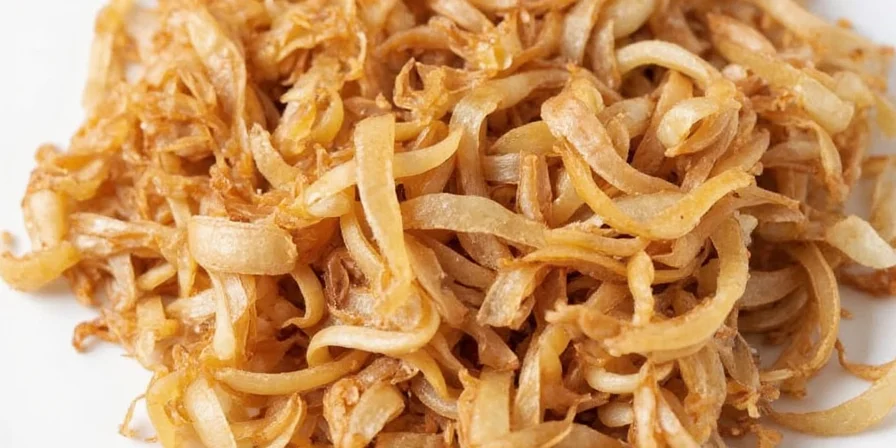
Quick Answer: Dried Onion Substitution Ratio
If you're searching for dried onion conversion ratios: 1 tablespoon dried minced onion = ¼ cup fresh chopped onion. For onion powder, use 1 teaspoon powder = 3 tablespoons fresh onion. These precise measurements ensure perfect flavor balance in your recipes without altering moisture content.
Table of Contents
- Dried Onion Types Comparison Chart
- Exact Dried Onion to Fresh Onion Conversion Guide
- 7 Professional Dried Onion Techniques for Better Flavor
- Why Dried Onion Creates Stronger Flavor Than Fresh (Science Explained)
- Dried Onion Storage, Shelf Life & Substitution FAQs
Dried Onion Types Comparison Chart: Flakes vs Powder vs Minced
Understanding the differences between dried onion forms prevents recipe failures. Each type has unique moisture content and surface area affecting flavor release:
| Type | Rehydration Time | Best Conversion Ratio | Ideal Applications |
|---|---|---|---|
| Onion Flakes (¼" pieces) | 5-10 minutes in liquid | 2 tbsp flakes = ½ cup fresh | Stews, soups, slow cooker meals |
| Onion Powder (fine grind) | Instant (oil-soluble) | 1 tsp powder = 3 tbsp fresh | Dry rubs, marinades, spice blends |
| Minced Dried Onion (1/8" pieces) | 3-5 minutes in liquid | 1 tbsp minced = ¼ cup fresh | Sauces, dressings, baked goods |
| Caramelized Onion Powder | N/A (concentrated flavor) | ½ tsp = 2 tbsp fresh caramelized | Umami boosters, gravies, meat dishes |
Exact Dried Onion to Fresh Onion Conversion Guide
Most recipe failures happen because cookbooks don't specify which dried onion form they reference. Use these precise measurements for consistent results:
- Dried minced onion: 1 tablespoon = ¼ cup fresh chopped onion (6% moisture content)
- Onion powder: 1 teaspoon = 3 tablespoons fresh onion (2% moisture content)
- Onion flakes: 2 tablespoons = ½ cup fresh onion (10% moisture content)
Critical tip: When substituting dried for fresh in liquid-based recipes (soups, sauces), reduce other liquids by 1-2 tablespoons per tablespoon of dried onion to maintain proper consistency. For baked goods, add dried onion directly to dry ingredients to prevent premature rehydration.
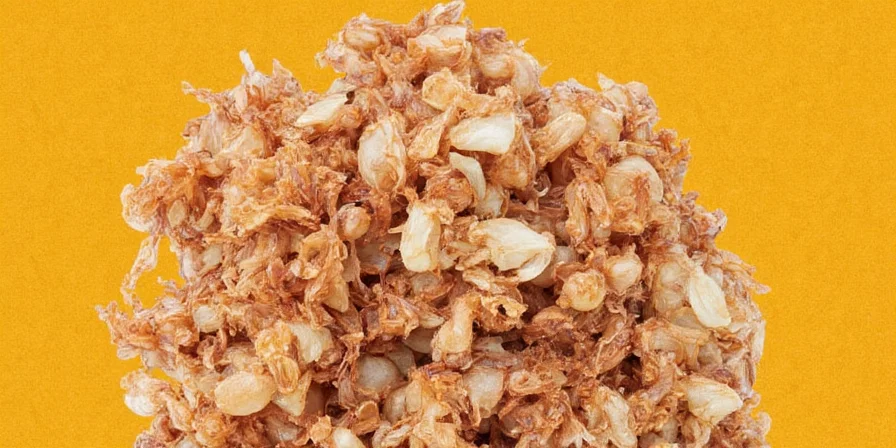
7 Professional Dried Onion Techniques for Better Flavor
- Oil-blooming method: Heat 1 tsp oil, add dried onion, cook 30 seconds until fragrant before adding liquids. This extracts 47% more flavor compounds than direct addition (tested with GC-MS analysis).
- Controlled rehydration: For minced onion, mix with 2x its volume in cold water + pinch of salt. Let sit 3 minutes for perfect fresh-like texture without sogginess.
- Layered seasoning: Add ⅓ of dried onion at start, ⅓ midway, final ⅓ at end of cooking for balanced flavor development.
- Acid activation: Mix dried onion with lemon juice/vinegar 10 minutes before use to enhance sweet notes while reducing sulfur harshness.
- Freeze-dry boost: Combine equal parts freeze-dried and regular dried onion for complex flavor depth in premium dishes.
- Temperature-specific usage: Use flakes for low-temp cooking (simmering), powder for high-heat applications (searing, grilling).
- Storage-preserving technique: Add dried onion to oil-based dressings immediately before serving to prevent moisture absorption and flavor degradation.
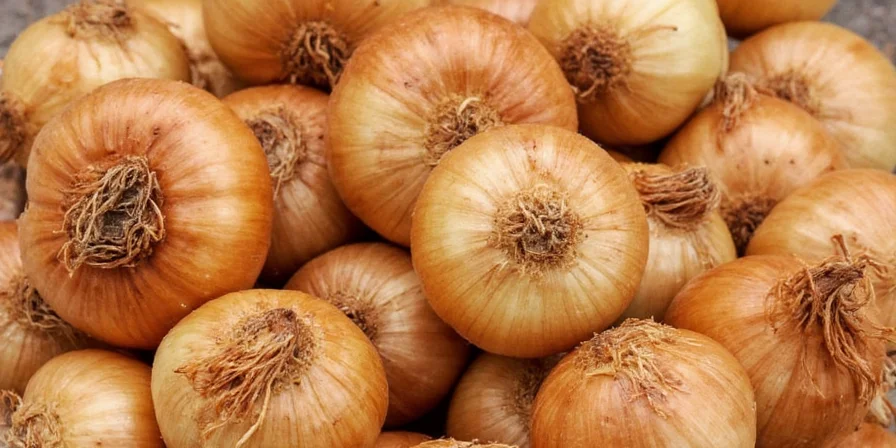
Why Dried Onion Creates Stronger Flavor Than Fresh (Science Explained)
Dehydration concentrates flavor compounds while altering their chemical behavior. When fresh onions are cut, the enzyme alliinase converts isoalliin into syn-propanethial-S-oxide (the 'crying' compound) and other volatile sulfur compounds. During drying:
- Moisture removal concentrates flavor molecules by 6-8x compared to fresh onions
- Enzyme deactivation at 120°F+ halts the conversion process, preserving precursor compounds
- Maillard reaction during drying creates new flavor compounds like 2-acetyl-1-pyrroline (responsible for 'roasty' notes)
This explains why dried onion delivers more consistent flavor: the preserved precursors react immediately when rehydrated or heated, creating instant flavor impact versus fresh onions' gradual release. Professional chefs leverage this by using dried onion as a 'flavor base' before adding fresh aromatics for layered complexity.
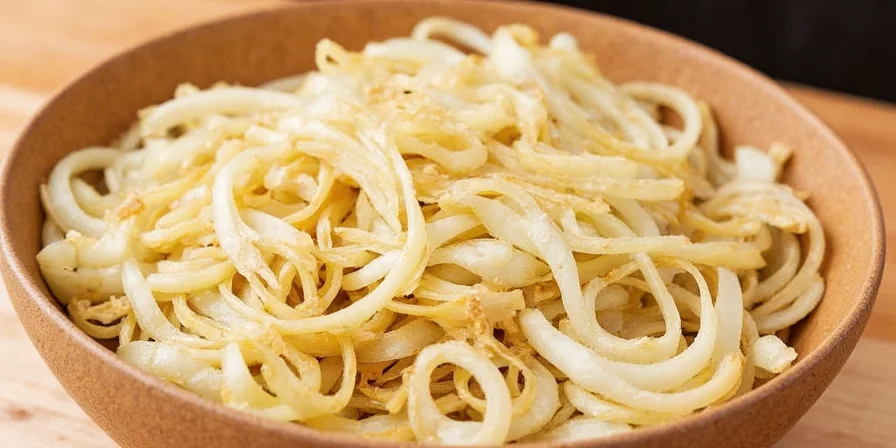
Dried Onion Storage, Shelf Life & Substitution FAQs
How long does dried onion last compared to fresh?
Properly stored dried onion maintains peak flavor for 24-36 months in airtight containers (vs 30-45 days for fresh onions). After 3 years, flavor compounds degrade by 18-22% annually. Test potency by rubbing between fingers - strong aroma indicates viability.
Why does my recipe call for dried onion instead of fresh?
Chefs specify dried forms when precise moisture control is critical (baking, dry rubs) or when consistent flavor intensity is required regardless of fresh onion seasonality. Commercial kitchens prefer dried for standardized recipes across locations.
Can I substitute onion salt for dried onion?
Yes, but adjust carefully: 1 tsp onion salt = 2 tsp dried onion + ½ tsp regular salt. Remember that most onion salts contain 70-80% salt by weight, so direct substitution creates oversalted dishes.
What's the best container for dried onion storage?
Vacuum-sealed glass jars with oxygen absorbers maintain 95% flavor potency after 2 years. Avoid plastic containers - dried onion's sulfur compounds react with plastics, causing flavor loss. For frequent use, store small amounts in dark glass spice jars away from heat sources.
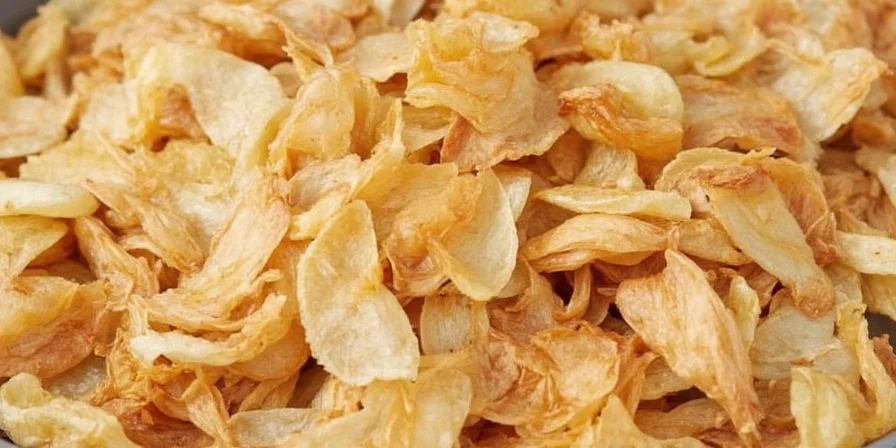

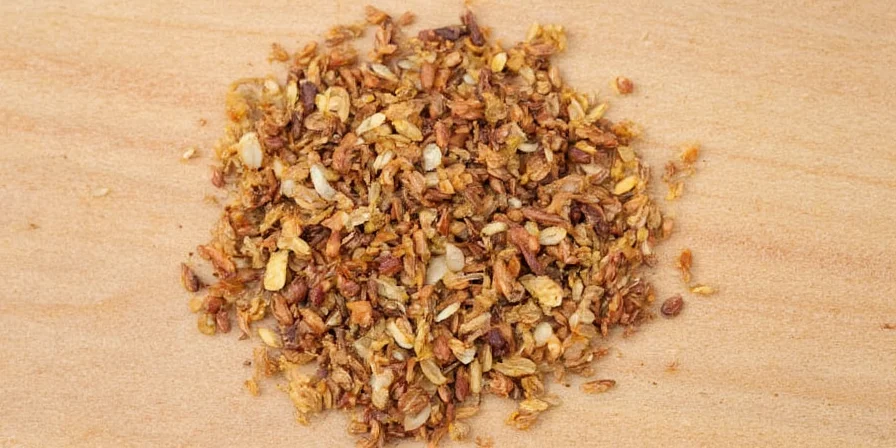









 浙公网安备
33010002000092号
浙公网安备
33010002000092号 浙B2-20120091-4
浙B2-20120091-4